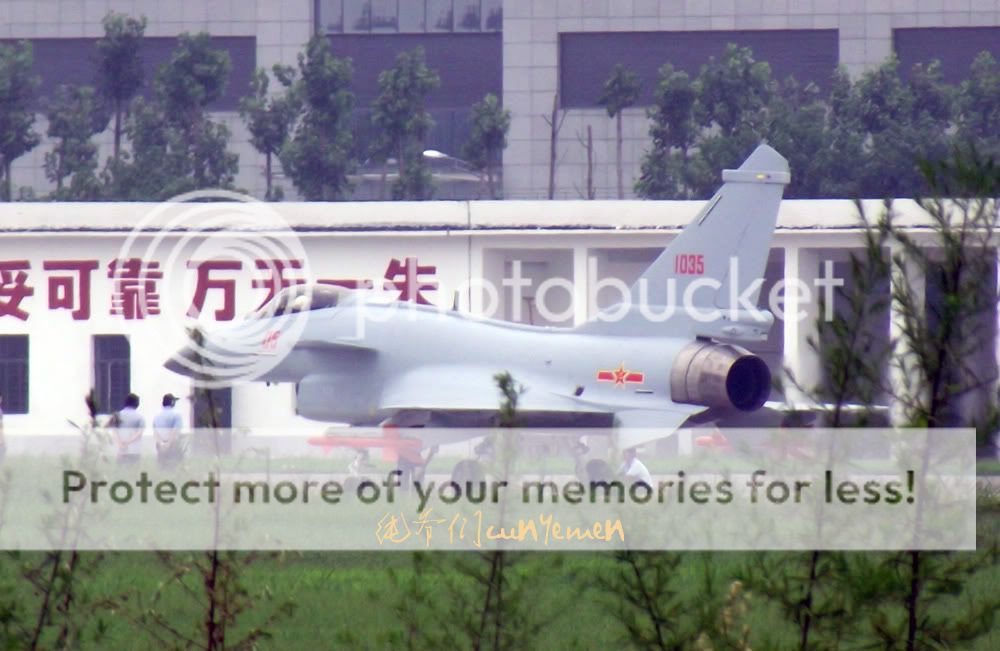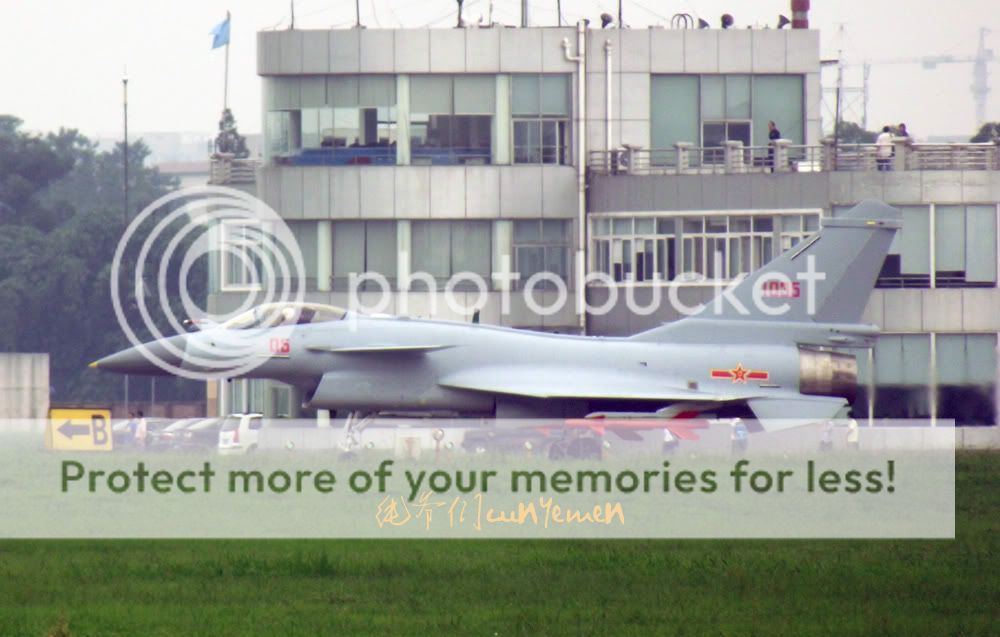Hi,
Just by wishing it to happen---it doesnot work that way----at least for now some of my pak compatriots would begin to understand how difficult it is to build a fighter jet engine---and not getting into the 5th generation mode----.
Now if you take this article and see what india has done with kaveri----that is not a bad job either----people need to realize that in the engineering field---every failure gets you a step closer to success. A failure of a jet engine is just a function of its design and time---what you have to do is to make it fail lesser of times and operate a little longer.
Quote from the link------" Compensating for shortcomings in either of these areas might require factoring in a substantial margin of error by dedicating additional engines and airframes; were the need great enough, something like 200 Flankers might be needed to ensure the mission fulfillment capabilities of roughly 100 F-15s.
To put these weaknesses into context, they suggest that in some areas Chinese engine makers are roughly three decades behind their U.S. peers. Technical reports by U.S. manufacturers discussing challenges of actually making hollow fan blades that date back to 1977, implying that Chinese engine fabricators could be three decades behind the state-of-the-art curve at present.[13]
Abstracts of P&W technical papers from 1976 discuss using nickel superalloy powders to forge turbine discs for the F100 engine.[14] In contrast, as mentioned above, researchers from the China Gas Turbine Establishment cite powder metallurgy for turbine disc production as an enduring weak spot for China’s jet engine industry.[15]Of course, this may represent an attempt to secure additional funding, as opposed to a true reflection of current status; when did the U.S. Air Force (USAF) ever run out of update programs for its fighters?
One cautionary point here is that Chinese jet engine makers have a latecomer advantage, which allows them to learn from other engine makers’ successes and failures and potentially to shave years from their own research-development-production sequence. To put matters in perspective, the P&W F119 engine that powers the F-22 Raptor was developed and refined in the 1980s and ’90s, so China does not necessarily need to attain the current 2011 state-of-the-art in tactical jet engine technology to field formidable propulsion systems that could give the J-20 true 5thgeneration fighter performance characteristics.
Thermal cycling. The engines on a large transport or tanker typically run at a fairly steady speed setting for most of a flight. Engines on tactical aircraft, by contrast, undergo extreme speed changes as pilots frequently and quickly change throttle settings during high-intensity maneuvering. As the engine undergoes rapid temperature changes, thermal cycling generates significant wear. The experiences of the USAF with the first truly high-performance U.S. afterburning turbofan, the P&W F100, exemplify the unexpected safety and maintenance challenges that thermal cycling can generate.
While developing the F100, P&W engineers believed that the key determinant of stress on engine parts would be the length of time spent at the highest temperatures (i.e. full power and/or very high speed flight).[17] In practice, however, the F100’s unprecedented performance enabled new air combat techniques and training regimens that emphasized rapid and frequent maneuvering. This incurred relatively little time at full power or high Mach numbers, but entailed far more throttle changes than the engine designers had anticipated.
In fact, while the F100 design requirements called for being able to accommodate 1,765 full throttle transients during the engine’s service life, actual operational use showed that engine life ended up being more than 30% lower than expected because the engine was undergoing more than five times the number of "----quote from above link





 . Never in the history of this world has a country grown at the pace that China is developing in every sector, they have abandoned the idea of quantity and are not focusing on quality and the results are right infront of us. They are not aiming to be Number 2, they are aiming to be Number 1. Europe has already lost its military permanence as they are severely reliant on the US for any power projection, they are cutting their military expenditures and just focusing on niche products because they lack the funds to create a real military industry complex something which China is building.
. Never in the history of this world has a country grown at the pace that China is developing in every sector, they have abandoned the idea of quantity and are not focusing on quality and the results are right infront of us. They are not aiming to be Number 2, they are aiming to be Number 1. Europe has already lost its military permanence as they are severely reliant on the US for any power projection, they are cutting their military expenditures and just focusing on niche products because they lack the funds to create a real military industry complex something which China is building.






